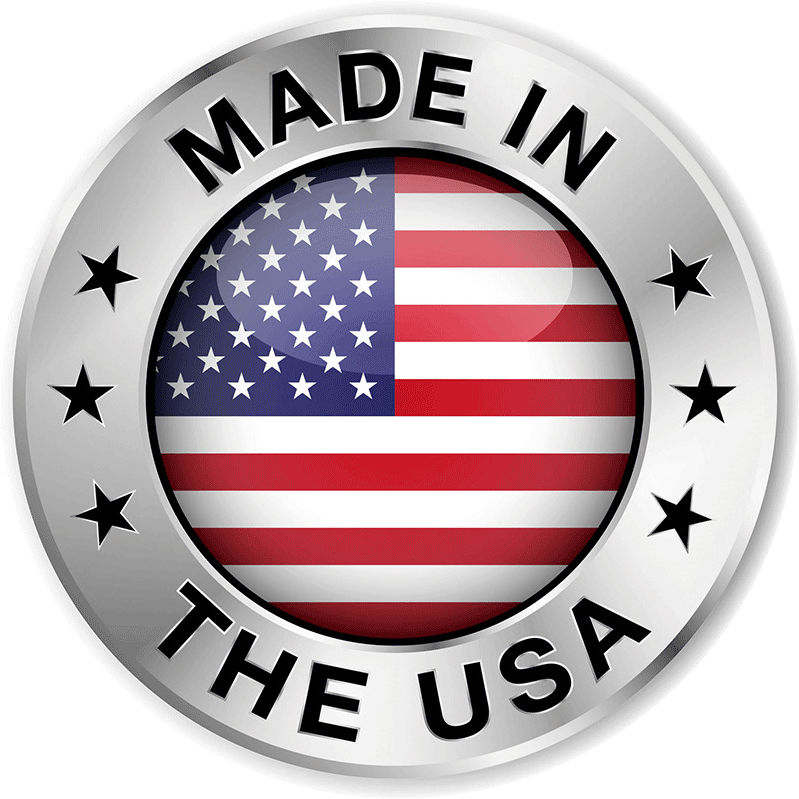
Discover Cutting-Edge Fiber Optic Cable Assemblies for Unrivaled Connectivity!
Trek Connect personnel possess comprehensive training, certifications in line with ETA and NAVSEA standards, and expertise in Navy shipboard fiber optic termination and inspection, all compliant with MIL-STD-2042B (Fiber Optic Cable Topology Installation Standard Methods for Naval Ships). Trek Connect utilizes state-of the art assembly polishing, cleaning and inspection equipment to ensure performance to rigorous standards.
What Are Fiber Optic Cable Assemblies?
Fiber optic cable assemblies are collections of cables that contain one or more optical fibers used for transmitting digital data signals over long distances at high speeds. They are composed of several components, including a fiber optic cable, connectors, and other hardware.
The fiber optic cable is made up of thin strands of glass or plastic fibers that are surrounded by a protective jacket. The fibers themselves are responsible for transmitting the light signals that carry digital information, and the protective jacket helps to keep them safe from damage.
The connectors on either end of the cable assembly are used to attach the cable to other devices, such as networking equipment, servers, or data storage devices. These connectors are often designed to be easily detachable, making it easy to connect and disconnect cables as needed.
The Advantages of Fiber Optic Cable Assemblies
Fiber optic cable assemblies offer several advantages over traditional copper wiring, including:
- Greater bandwidth: Fiber optic cables have a much higher bandwidth than copper cables, meaning they can carry more data over longer distances at faster speeds. This makes them ideal for high-speed data transmission and large-scale communication networks.
- Faster data transmission: Fiber optic cables use light signals to transmit data, which travel at much higher speeds than electrical signals used in copper cables. This results in faster data transmission and reduced latency, making fiber optic cable assemblies suitable for applications that require real-time data transfer.
- Longer transmission distances: Fiber optic cables can transmit data over much longer distances than copper cables without the need for signal boosting or repeaters. This makes them ideal for connecting remote locations, such as data centers, across large distances.
- Immunity to electromagnetic interference: Fiber optic cables are not affected by electromagnetic interference, which can cause signal degradation in copper cables. This makes fiber optic cable assemblies ideal for use in areas with high levels of electromagnetic interference, such as industrial settings.
- Lower attenuation: Fiber optic cables have lower signal loss, or attenuation, than copper cables, allowing data to be transmitted over longer distances without signal degradation. This means that fewer signal boosters or repeaters are needed, resulting in lower costs and simpler installation.
Applications
Fiber optic cable assemblies are used in a wide range of applications, including:
- Military and aerospace: Fiber optic cables are used in military and aerospace applications for secure communication and data transmission that provide for Electromagnetic Interference (EMI) Immunity, widely used in High Speed Shipboard LAN Networks. Modern military aircraft rely on a multitude of sensors and systems. Fiber optics facilitate the integration of these diverse systems by providing a high-bandwidth, low-latency communication infrastructure. This enables effective data fusion and coordination between various avionic components. They are also used in sensors and other equipment for surveillance and monitoring.
- Telecommunications: Fiber optic cables are widely used in telecommunications for long-distance transmission of voice, data, and video signals. They are used in both wired and wireless networks, providing high-speed and reliable connectivity.
- Internet infrastructure: Fiber optic cables form the backbone of the internet, providing high-speed connectivity for data centers, cloud computing, and other internet services.
- Cable television: Fiber optic cables are used in cable television systems to provide high-quality video and audio signals to customers.
- Medical equipment: Fiber optic cable assemblies are used in medical equipment, such as endoscopes, for diagnostic and surgical procedures. They provide high-resolution images and video for accurate diagnosis and treatment.
- Industrial automation: Fiber optic cables are used in industrial automation for high-speed data transfer between machines and systems. They are also used in harsh environments, such as oil and gas refineries, where they can withstand high temperatures, moisture, and other environmental factors.
Materials
Fiber optic cable assemblies are composed of several materials, each with a specific purpose. The main materials used in fiber optic cable assemblies are:
- Optical fibers: The core of a fiber optic cable is made up of one or more thin strands of glass or plastic fibers. These fibers are responsible for transmitting light signals, which carry digital data.
- Typical Military Fiber cables: Multi-Mode M85045/16-01P, M85045/18-01P, M85045/17-01P, M85045/20-01M. Glass MIL-PRF-49291/7 (62.5/125 MICRON) Single-Mode M85045/16-02P, M85045/18-02P, M85045/17-02P, M85045/20-02M. Glass MIL-PRF-49291/7 (9/125 MICRON), 8324038 NAVSEA(50/125 MICRON)
- Protective jacket: The optical fibers are surrounded by a protective jacket, which helps to prevent damage from moisture, heat, and physical stress. Low Smoke Zero Halogen (LSZH) required in many Military Applications, particularly in Navy Surface Ships and Submarine environments.
- Connectors: Fiber optic connectors with applicable Termini are used to attach the cable to other devices, such as networking equipment, servers, or data storage devices. The connectors are usually made of ceramic or metal and are designed to be easily detachable.
- Adhesives and coatings: Adhesives and coatings are used to protect the fibers and connectors from moisture, temperature fluctuations, and physical stress. These materials can also improve the signal quality and reliability of the cable assembly.
- Reinforcement materials: In some cases, fiber optic cables may be reinforced with materials such as Kevlar or steel to provide additional protection against physical stress.
- Filler materials: Filler materials (such as Kevlar) may be used to fill the gaps between the optical fibers and the protective jacket. This can help to improve the strength and durability of the cable assembly.

